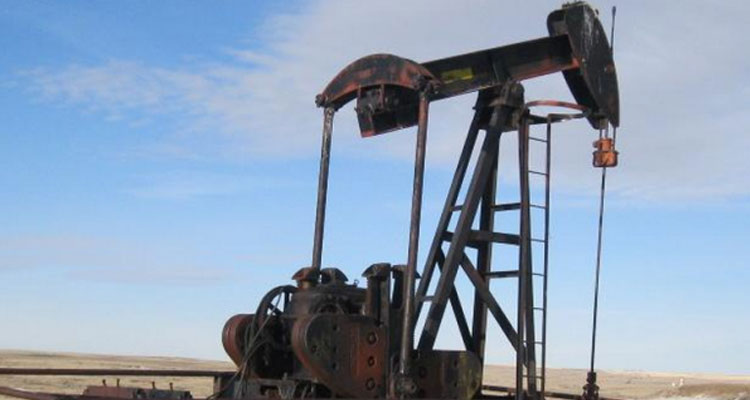By Don Pitts, CBC News, April 21, 2016
Peabody bankruptcy reminds us that plans hatched during fossil fuel boom don’t look so secure now
It turns out taxpayers are expected to be a big loser following thebankruptcy this month of the world’s largest private-sector coal company, Peabody Energy.
In what could be a problem in other jurisdictions, including here in Canada, there are early signs bankruptcy rules will allow the giant company to sidestep the costs of fixing hundreds of millions of dollars worth of damage their mining has caused.
At issue is something called “self-bonding,” where some states allow U.S. companies to set aside the money required for remediation within their internal accounts. The logic is that strong companies will always be good for that money, and rather than pay for surety bonds that act as insurance that the cleanup bill will be paid, the company merely promises to cover the costs out of future earnings and assets.
Smarter in Canada?
In this case it means Peabody owes about $1.5 billion US in self-insurance costs, according to Bloomberg News, and there are serious doubts whether state governments will see that money as creditors fight over the company’s remaining assets.
“We’re smarter here,” chuckled Chris Powter, a former Alberta government official who now runs his own consultancy.
Since resources are a provincial responsibility, Canada has a patchwork of rules governing how companies clean up the messes they make while extracting natural resources. But in Alberta, which has a well developed program, it is it the responsibility of the Alberta Energy Regulator to protect taxpayers under two different pieces of legislation.
In that province, the Licensee Liability Rating covers oil and gas drilling sites. Coal mines and oilsands sites are covered under the Mine Financial Security Program. Other provinces have similar rules.

Sufficient resources
“The fundamental principle of the MFSP is that the approval holder must have sufficient financial resources to suspend, abandon, remediate and reclaim oilsands and coal mine sites,” said energy regulator spokesman Ryan Bartlett in an email.
“In the best of all worlds, they would be setting aside that money in a separate bank account and keeping track of it and having it available,” Powter said of oil and gas companies, “but that doesn’t always happen.”
In the case of both the smaller drillers and the giant oil and mining companies, the regulator’s rules operate in a way not so dissimilar to the self-insurance system of Peabody Energy, with liability assigned to future company earnings and assets still in the ground.
“Financial security and the future financial potential of bitumen or coal protect the public from paying for abandonment and reclamation costs,” Bartlett said.
Auditor worried
However Alberta’s auditor general has repeatedly expressed concern that taxpayers are not sufficiently protected under the Mine Financial Security Program. As Peabody has demonstrated, things can change quickly.
As the AAG’s office said in its July 2015 report, “$1.57 billion of security is currently being held in comparison to estimated reclamation liabilities of $20.8 billion,”
In the case of oil companies, “the AER assesses assets and liabilities to ensure licensees meet all abandonment and reclamation requirements,” Bartlett, the energy regulator spokesman, said.
But according to Don Bester, who represents farmers that lease their land to oil operators, that hasn’t stopped a growing number of oil operators from going broke and leaving his members in the lurch, including a retired couple who owed $200,000.
“It’s just a mushrooming effect here,” Bester told me by phone as he was waiting for a couple calves to be born.

Taxpayers on the hook?
“As this thing unfolds, it’s going to be the taxpayers of Alberta that are going to have to clean up the mess,” he predicted, saying promises by the oil industry to ante up will fade if prices and profits stay low.
Bester said he’s annoyed that the federal government was being asked for money to clean up oil wells in Saskatchewan and Alberta.
“To me, the person that created the mess is the one that should be responsible for cleaning it up, not the taxpayers of Canada.”
Statistics seem to back up Bester’s concerns. The number of “orphan wells,” those without an existing company to take responsibility for them, is growing faster than the resources available to clean them up. That may underestimate the true figure since there is no time limit on how long a company can leave a well inactive.
In holding oil companies to their financial responsibilities, North Dakota is light years ahead of Canada, said a report last month in the Financial Post. And according to Barry Robinson, a lawyer with environmental group Ecojustice, Canadian provinces would be wise to follow their lead.
“We should have time lines on decommissioning and reclaiming wells and we should have a full security program in the sense that companies should be forced to post full security the day they drill the well,” Robinson said.